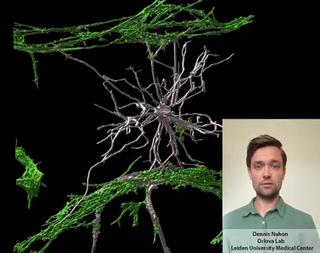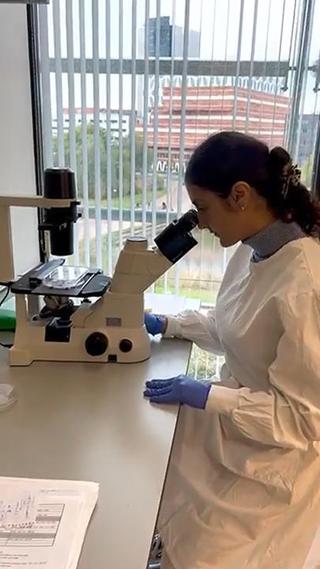Katja Wolthers (Amsterdam UMC) - virus research in human models: let's show some guts!
To study viruses that make people sick, we often use laboratory animals. However, virus infections in animals are different than in humans. New 3D culture models or 'organoids', which look like human organs in a petri dish, offer a unique opportunity to investigate how viruses enter the human body and cause disease. Our research focuses on enteroviruses such as polio. Due to vaccination, polio is rare, but other enteroviruses are increasingly a threat to young children and patients with impaired immune defenses. There are no medications available, because knowledge about infections with enteroviruses is limited. In our research we use organoids to see how enteroviruses enter the human body and by which means you can prevent that, without the use of laboratory animals. With this project we want to show that our technique can replace the use of laboratory animals in virus research.
New

Five simple tricks for making your own video for TPI.tv

Stem cell derived Vessels-on-Chip to study brain disorders

From 2D hiPSC culture to developing a 3D vessel-on-chip
